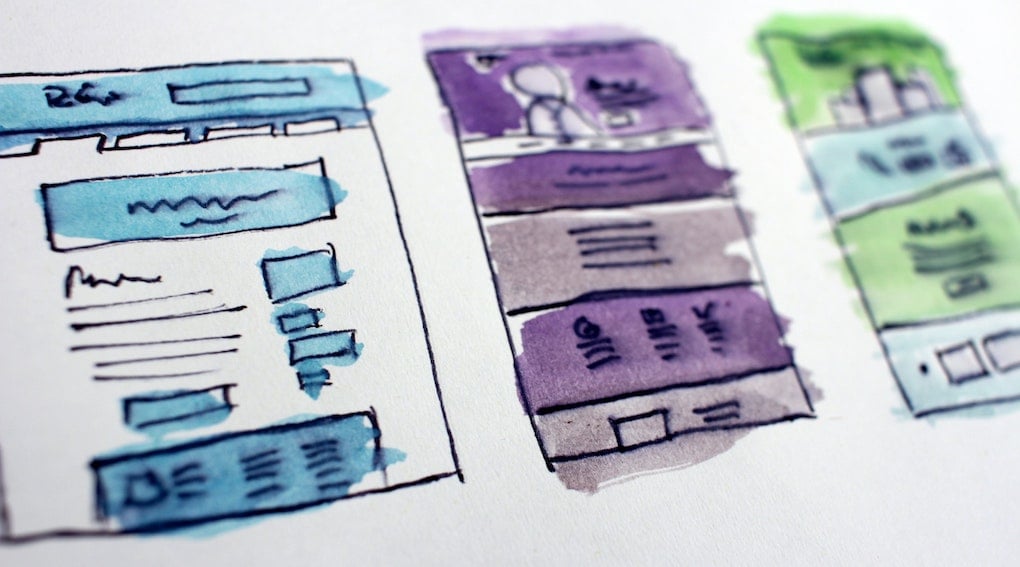Website development projects between clients and agencies can be fraught with potential issues. In order to help smooth the process, we're outlining the most common ones below. By knowing what they are and how to address them, you can minimize their impact on your project. Read on for tips on avoiding these problems in the first place and handling them if they do come up.
1. Expectation Setting
When you're paying for an agency, your instinct may be to want something that will knock your socks off. You're asking for 'eye-popping,' 'unique,' and 'dynamic' website elements that make your customers say 'WOW' when they land on the new site. We understand your instinct to want the wow factor, but there are two issues with this:
Your customers don’t care about being wowed.
In fact, most would prefer not to be wowed.
Your customers want something that works well and is easy to use. Customers don't choose your competitor because your website didn't wow them. They chose your competitor because their products and services were easier to understand on their website, or maybe they could communicate their value more clearly through their use of content and assets.
No one wants to spend time figuring out how to use your website. It's mentally exhausting, albeit subconsciously. People want reliable and consistent design systems, and the reality is, the more bells and whistles you use to 'wow' people, the only thing that really ends up happening is that your website becomes more difficult and slow to use. This hurts your business.
One man’s wow is another man’s yikes.
The second thing is, the ‘wow’ factor is hugely subjective. Wow is difficult to qualify, which is why it ends up being the bane of a graphic designer's existence.
Typically, when we get UI design feedback like, "this just isn't wowing us," it usually means the client knows they don't like it but doesn't know why. They can't articulate their reasoning with proper rationale.
And that's the key: rationale, and data, are everything when it comes to UI design. Every decision a good agency makes about the user journeys, content hierarchy, and design system should be based on what they understand about your target audience segments.
An accomplished UI designer will present their designs with supporting rationale. I.e., "this is why I used this color scheme, these images, this component here," and it should always tie back to the personas verified at the start of the project.

If your feedback doesn't have a rationale or a specific reason why something isn't working, it falls into being subjective. The 'wow' factor is emotional; it has no place in sound design.
Let your UI designer out-rationalize you; it’ll better serve your target audiences’ wants, needs, and goals. Remember, you hired experts for this reason — they know how to put their subjectivity aside and design for your target audience. And then (and only then) can your website do what it’s supposed to: serve your business. User experience always reigns supreme!
2. Changing Goals
Keep your agency in the loop
Things change! Whether you’re a thriving, growing, entrepreneurial business or an enterprise-level corporation with multiple business units, nothing is static. Your business priorities will shift with the market, your product suite can evolve, and your brand will mature, resulting in new guidelines.
When change inevitably comes, it's in your best interest to let your agency partners know. They're working behind the scenes with the original assets you gave them. If not, after a few months, you may be reviewing the UI designs and realize they're using an outdated list of services, they haven't captured the recently updated key messaging pillars, or most importantly, the brand guidelines have changed, and they're not incorporated in the designs.
Going back to the drawing board is not only time-consuming and expensive, but it's also deflating for the agency team who put their heart into something that isn't going to work.
Let your agency partners know how fast things are changing so they can build a plan to be flexible and agile to keep up with your growth. And, when things are changing, it’s important to be prepared to concede that you might not get everything you want included in this iteration, at least until the growth stabilizes. A website is like a snapshot in time for your organization. It’s not alive, and it can’t predict the future.
.png?width=600&name=Case-study-blog-image_Hollyburn%20(1).png)
3. Mystery stakeholder voices
Involving stakeholders in the discovery process is huge.
You’ve entrusted the responsibility of building a new website to a marketing agency. The agency will ask you, how involved do your senior stakeholders want to be in the process? The answer is often, "they won't have time; just show them the designs when we get there."
This is a red flag; if senior stakeholders aren’t involved in the discovery and strategy of a large or complex website project, chances are, they won’t like what they see during the UI designs. Or worse, once the site is already built! This is, unfortunately, all too common.
Senior leadership feedback is critical. However, in an uninvolved situation, it often disagrees with previously defined direction, conflicts with other feedback, and typically isn't based on the right rationale context (i.e., how does this relate to the end-user).
Whenever a senior stakeholder throws a wrench into the gears of the project, it's a huge challenge for your internal team, and you'll be left feeling undermined. It's also disheartening for the agency team, who followed their process to a T to get the project here. Nobody on either team wants to spend the time (and budget) going back to wireframes, user journeys, and initial creative direction because of a 'mystery stakeholder.' But the reality is that it happens all the time.

The solution here is preventative.
An agency building a large, complex, critical website for an organization needs to have a thorough stakeholder engagement process right from the start.
Your marketing team has the confidence and expertise to run with this project, but it’s not enough to guarantee the project won’t get derailed down the road by someone with more authority. So, everyone who has a strong opinion of the website needs to be engaged from day one.
At Major Tom, we start by identifying every stakeholder, company-wide. We then split them into groups of primary and secondary, as well as identify any key subject matter experts that could be crucial along the way. That could be HR, sales, IT, product management, or regional directors.
Then, we get everyone in the room together and confirm the goals and objectives of the project, ensuring everyone is rowing in the same direction. Make it very clear to everyone that it’s okay to opt-out of any key project milestone that isn’t valuable for them to attend. If they do, they must concede that their feedback down the road may not have the right context and runs the risk of being ignored.
If all stakeholders accept this caveat from the start, they will tend to make themselves available throughout the project and be far less likely to throw a wrench into the gears later on.
Keep in mind; not everyone needs to be involved at every step of the way. It's critical that the agency's stakeholder process respects that a website project will not be everyone's top priority. The key is to ensure they are included at the start, listened to, and aligned on the overall goals and objectives.
Need a website built? We are here to help and listen. Contact us today.